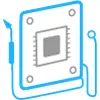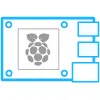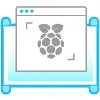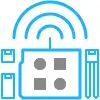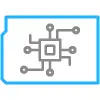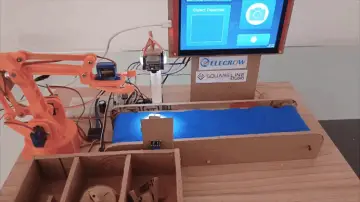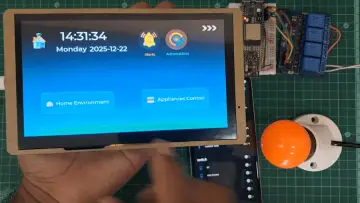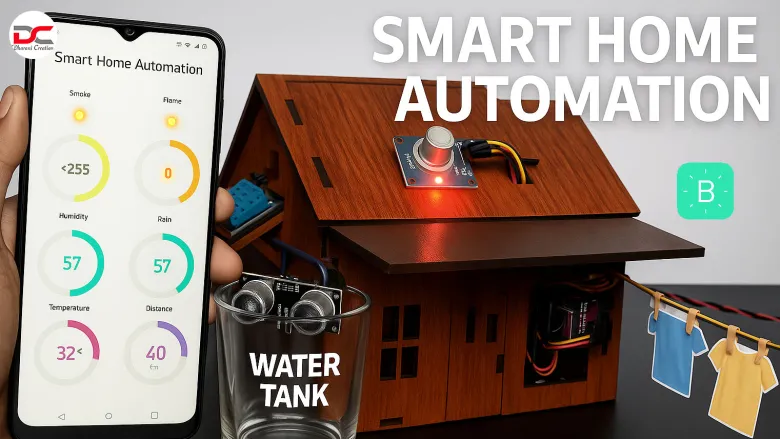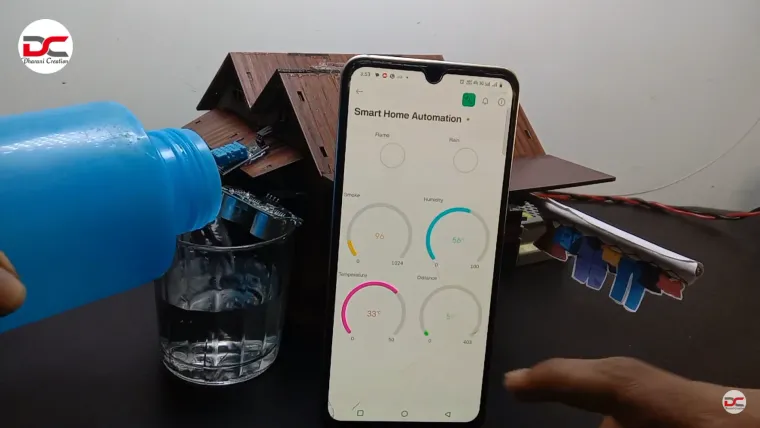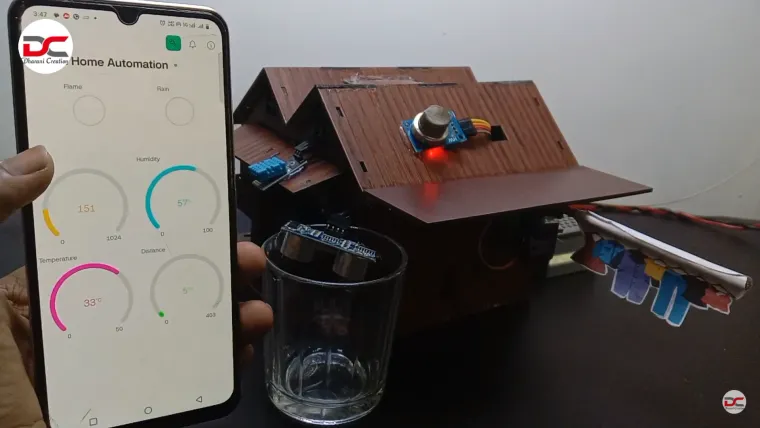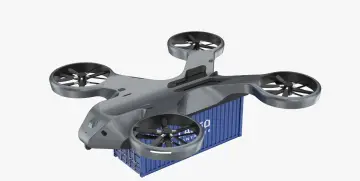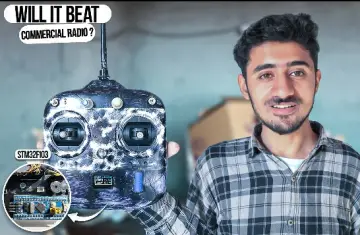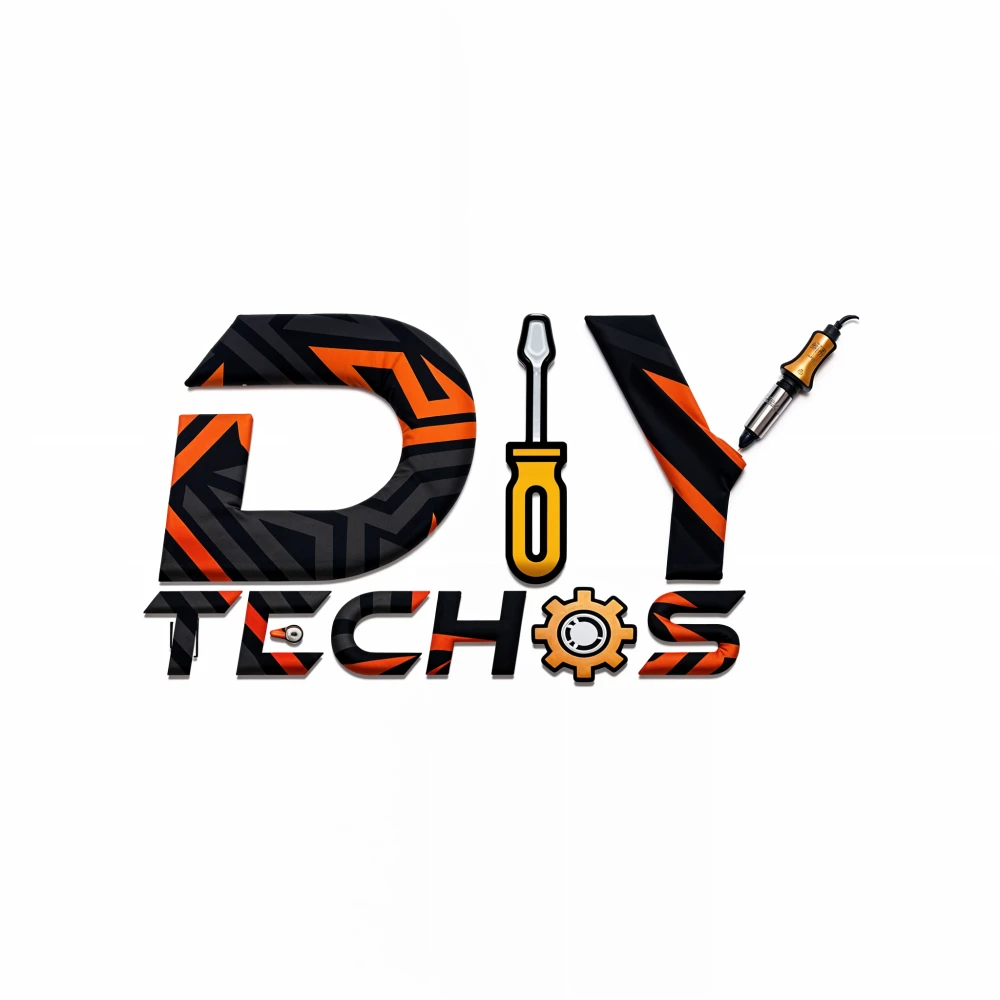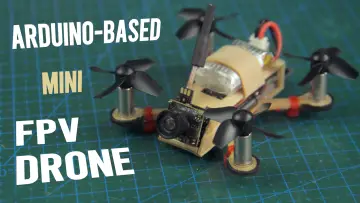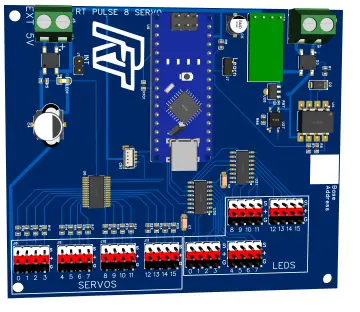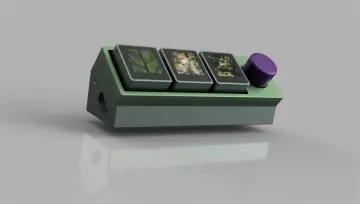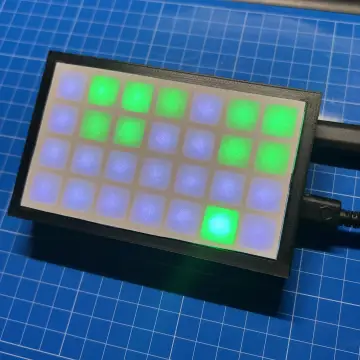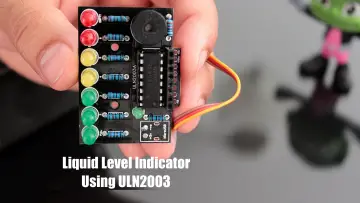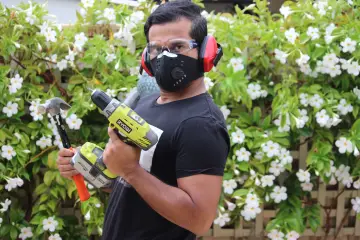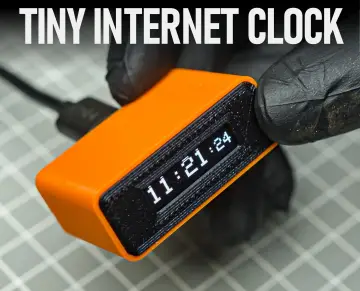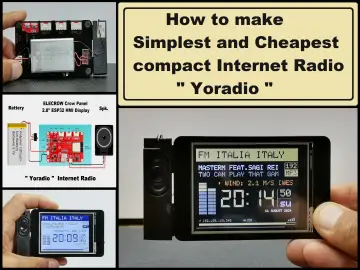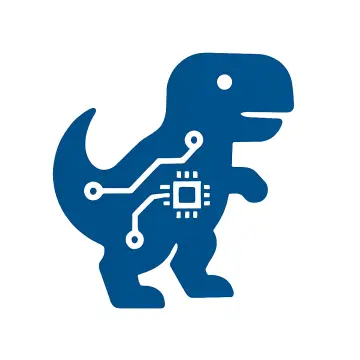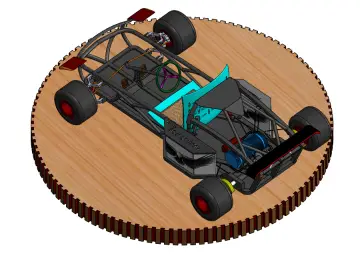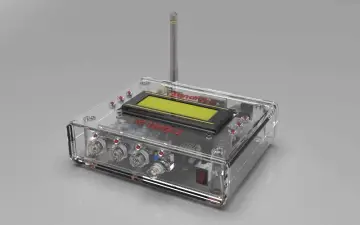Story
Project Overview
A weather-responsive clothes shelter that automatically moves your drying laundry under cover when it rains, and returns it back once the skies clear—all managed via IoT.
Components & Tools
-
Controller: NodeMCU (ESP8266)
-
Sensing: Rain sensor module
-
Actuation: Servo motor (or DC motor / actuator) controlling the shelter mechanism
-
Connectivity: Blynk IoT app for remote monitoring and notification
-
Structure: A mechanical frame (e.g. sliding or folding shelter) attached to the motor and clothesline
Optional additions in similar designs include LDR light sensors, temperature/humidity sensors, and solar power modules
Working Principle
-
Rain Detection: A rain sensor continuously monitors for drops.
-
Signal Processing: When rain is detected, the sensor sends a signal to the NodeMCU.
-
Motor Activation: The NodeMCU commands the servo/motor to move the clothesline and/or shift a protective roof or cover over the clothes.
-
Reversal: Once the rain stops, the system reverts to its initial position to resume drying.
-
Notifications: Alerts and real-time status can be sent to and monitored via the Blynk mobile app
This setup ensures the clothes are protected automatically without manual intervention, reducing the risk of re-washing or clothes getting soaked unexpectedly
Step-by-Step Construction Guide
1. Setup Hardware
-
Mount NodeMCU on a breadboard or PCB.
-
Wire the rain sensor: VCC to 3.3 V, GND, signal to a GPIO pin (e.g. D2).
-
Wire the servo motor: 5 V (or external supply), GND, signal to a PWM-capable pin (e.g. D9).
-
Secure a mechanical frame that supports covering/uncovering the clothesline via motor motion. Use linkage rods, hinges, or actuators depending on design.
2. Embed Software & IoT
-
Install Arduino IDE with ESP8266 board support.
-
Write code to:
-
Read rain sensor digital input.
-
Drive servo/motor (e.g. 0° = open, 90° = closed).
-
Send real-time status to the Blynk cloud.
-
-
Upload the script to NodeMCU.
-
Use Blynk to create a mobile interface: buttons, status LEDs, push notifications for weather-triggered actions.
3. Test & Refine
-
Simulate rain by dripping water; observe how quickly and accurately the shelter moves.
-
Tune servo angles and delays for smooth operation.
-
Use Blynk to manually control or override auto behavior if needed.
4. Optional Enhancements
-
Solar power to run autonomously.
-
LDR sensor to factor in sunlight—prevent bringing clothes in just because it’s rainy at night Additional sensors (humidity, temperature) to improve context-aware automation.
-
Weather forecast integration via APIs to preemptively retract clothes ahead of forecasted rain.
Key Benefits
| Benefit | Description |
|---|---|
| Hands-Free Protection | No need to monitor weather manually. |
| Saves Time & Effort | No more re-washing or rushing in rain. |
| Smart Notifications | Real-time alerts via smartphone. |
| Expandable & Affordable | Easy to scale or customize with minimal cost. |
Similar Arduino-based prototypes using rain sensors and servos achieve this functionality using affordable hobby electronics .
Inspiration from Related Projects
-
Arduino Uno + Rain sensor + Servo Motor — many hobby builds rely on this basic configuration for rain-activated shelter systems. Arduino Nano version— drops in easily; servo moves clothesline under a protective cover automatically
-
Smart Clothesline with Blynk, LDR & Rain Sensor— controls sun and rain protection with real-time mobile contro.
Summary
This project integrates IoT (NodeMCU) with rain sensing, motor control, and app connectivity (Blynk) to build a smart cover system for clothes drying. It automatically protects your laundry from rain and restores its drying position when weather improves—all without manual effort.
If you'd like, I can also help you with:
-
Sample Arduino + Blynk code snippets
-
Mechanical design ideas (e.g. hinge layout, pulley arrangement)
-
Selecting appropriate sensors and motor specifications
-
Expanding features like solar power or predictive weather logic
Let me know which direction you'd like to dive deeper into!



